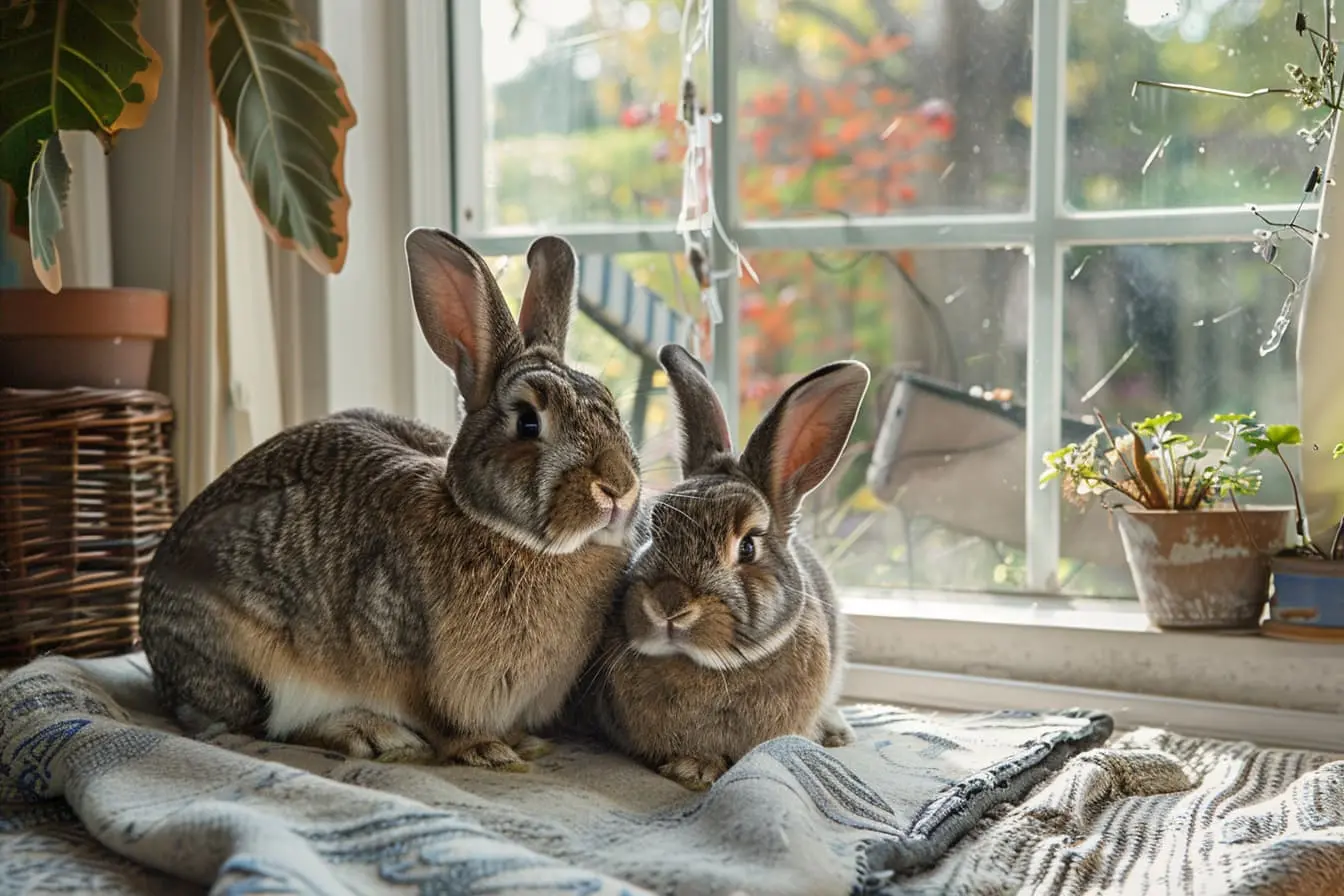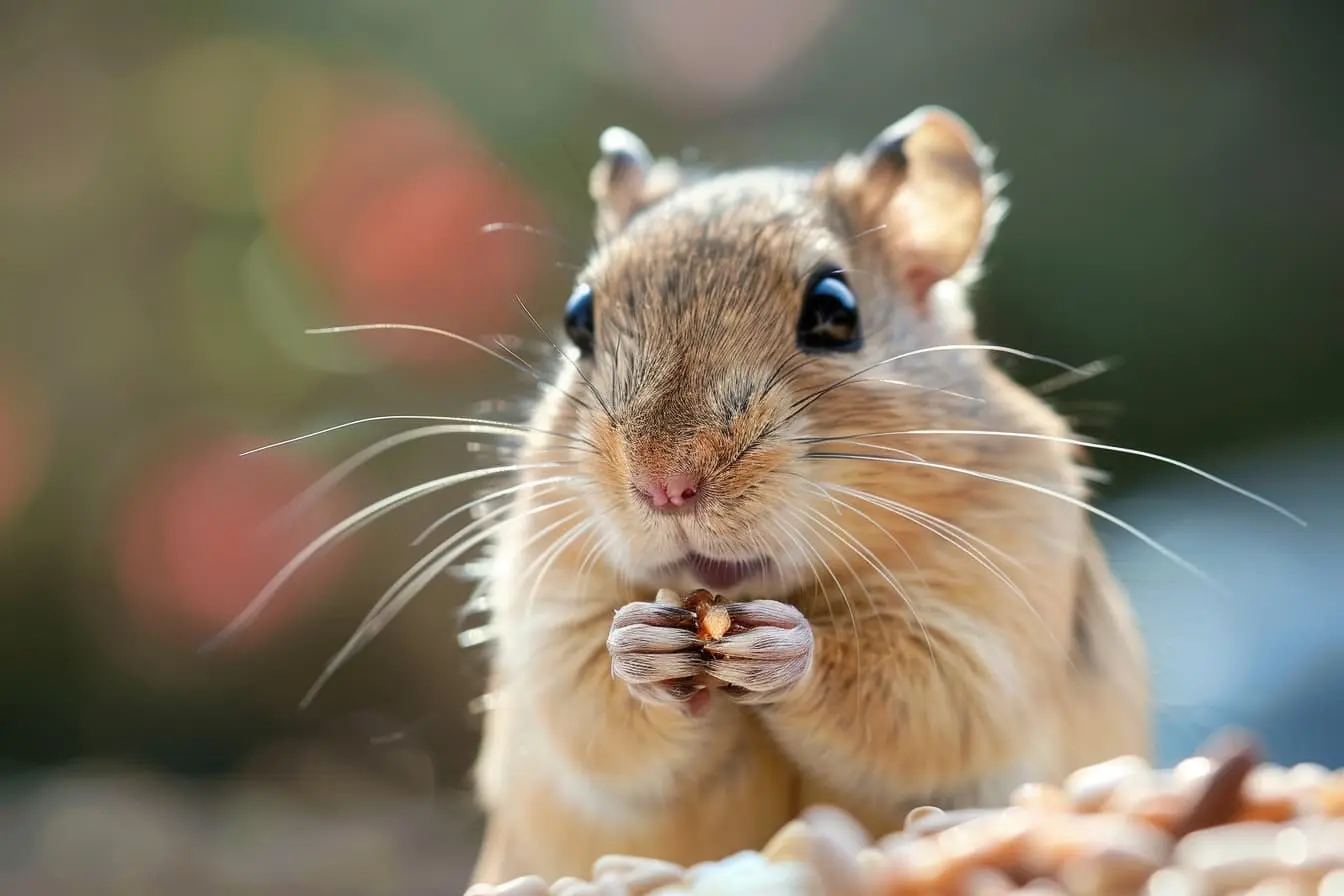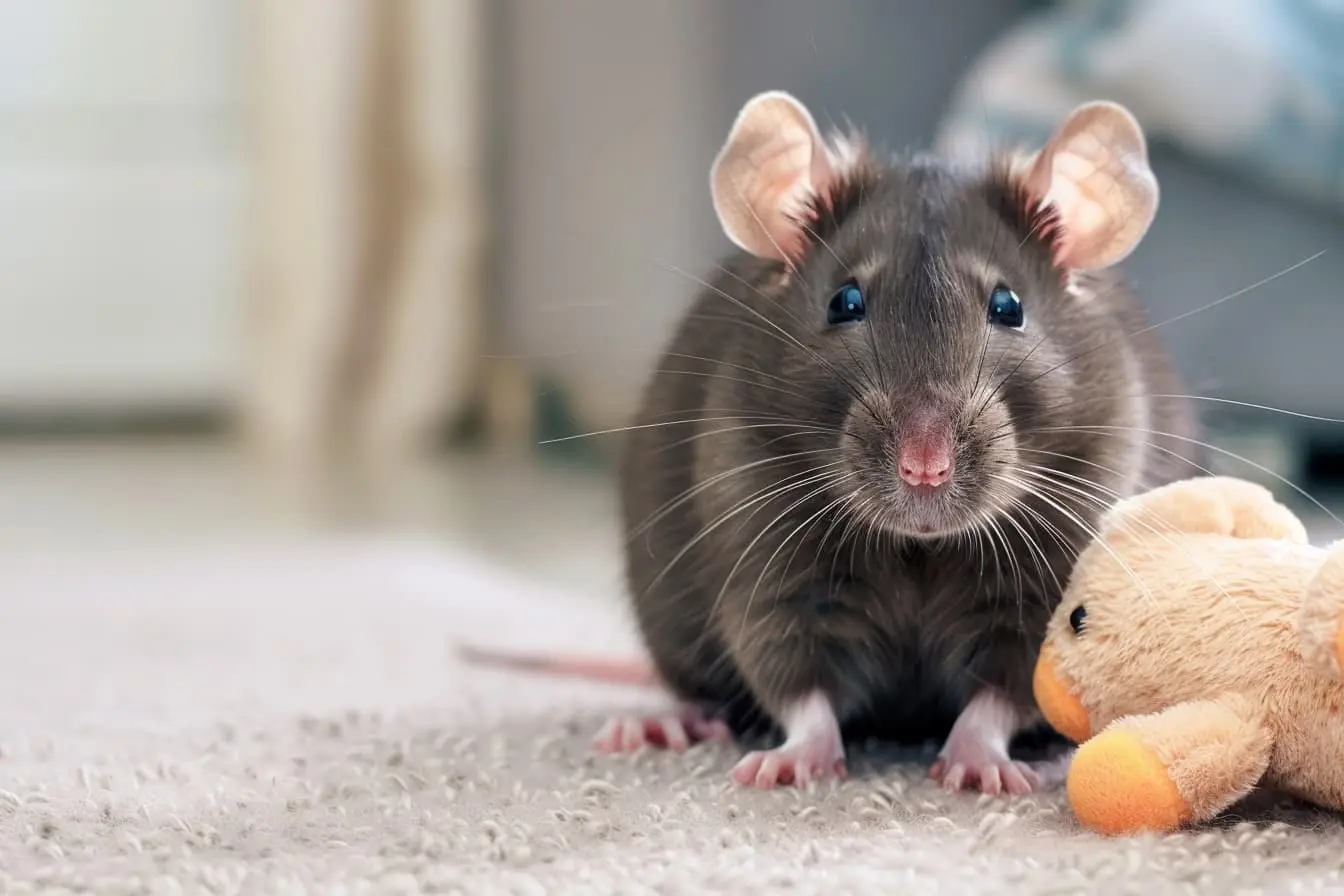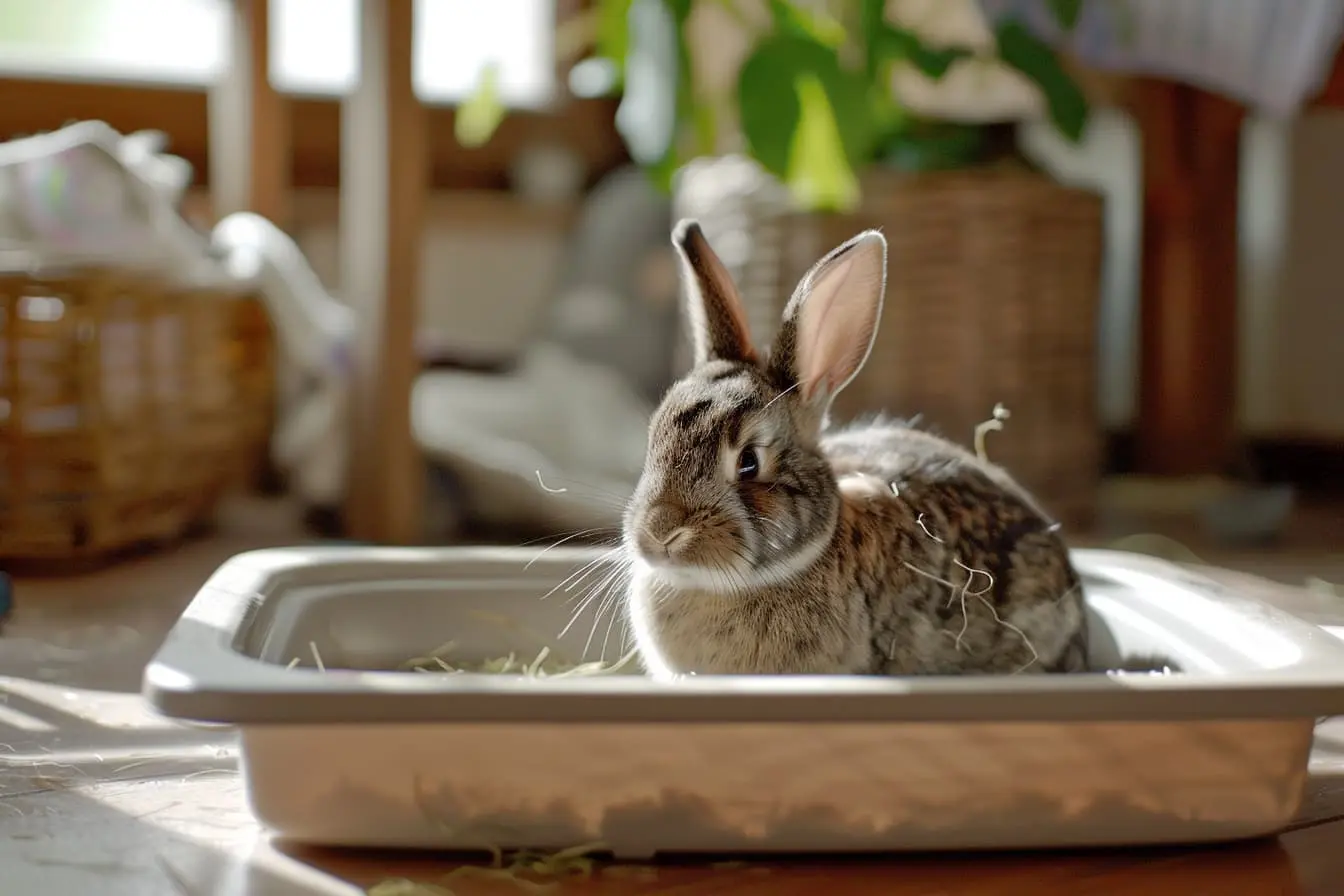
Why Rabbits Thrive in Pairs or Social Groups: A Guide for Potential New Owners
Rabbits are captivating companions, renowned for their playful antics and tender moments. Often, potential rabbit owners envision welcoming a single bunny into their homes, charmed by the idea of forming an exclusive bond. However, the true essence of rabbit happiness and well-being lies in companionship. Here's why rabbits should live in pairs or social groups, a crucial consideration for anyone looking to provide a loving, nurturing environment for these delightful creatures.
The Sociable Nature of Rabbits
Rabbits are inherently social animals, originating from European and African settings where they live in extensive, intricate burrow systems, known as warrens. These environments are bustling with social interaction, showcasing the deep-rooted need for companionship in a rabbit's life. Living in groups provides them with a sense of security, emotional support, and opportunities for social learning that cannot be fully replicated by human companionship alone.
Emotional Well-being and Health Benefits
The presence of a fellow rabbit can significantly enhance the emotional well-being of your pet. Rabbits communicate through a unique language of subtle body movements and sounds, enabling them to form deep bonds with one another. These bonds foster a supportive environment where rabbits can express affection, groom each other, and share moments of play and relaxation, contributing to a stable and happy state of mind.
Moreover, the companionship between rabbits can have tangible health benefits. The mutual grooming helps keep their fur clean and free from mats, while the shared activities encourage physical exercise, aiding in the prevention of obesity and other health issues. The comfort of having a companion can also reduce stress levels, leading to a healthier, more contented rabbit.
Choosing the Right Pair
When considering adding rabbits to your family, it's essential to choose companions that are compatible. Neutered males and females tend to form the strongest bonds, although same-sex pairs can also live harmoniously together, provided they are neutered to avoid aggressive behaviours and unwanted breeding.
Introducing rabbits to each other should be done gradually and under supervision, in a neutral space to prevent territorial disputes. This process, known as bonding, can take time and patience, but the resulting companionship is invaluable for the rabbits' happiness.
Providing Adequate Space
Living in pairs or groups means that rabbits will require more space. A spacious environment that allows for separate areas for eating, sleeping, and playing is crucial. Ensure that your home or garden can accommodate a larger enclosure or rabbit-proofed area that encourages exploration and exercise without territorial conflicts.
The Human-Rabbit Bond
Adopting rabbits in pairs or groups does not diminish the bond they can form with their human caregivers. On the contrary, rabbits that are part of a secure, contented pair or group are often more relaxed and open to human interaction, enriching the pet ownership experience.
In Conclusion
The decision to welcome rabbits into your home should be accompanied by the understanding that these creatures flourish in the company of their kind. Providing a home for a pair or group of rabbits means contributing to their physical and emotional well-being, offering them a life that closely mirrors their natural social structure. As a potential new owner, embracing the sociable nature of rabbits not only ensures their happiness but also opens the door to witnessing the profound beauty of their companionship.
In embarking on this journey, you are not just adopting pets; you are fostering a loving community that will bring joy and life into your home, making the commitment to rabbit companionship a truly rewarding experience.
Vets near you
Speciality vets
- Aquatics vet specialists
- Birds vet specialists
- Camelids vet specialists
- Cats vet specialists
- Cattle vet specialists
- Deer vet specialists
- Dogs vet specialists
- Equines vet specialists
- Exotic vet specialists
- Goats vet specialists
- Pigs vet specialists
- Poultry vet specialists
- Sheep vet specialists
- Small Mammals vet specialists
- Wild vet specialists



